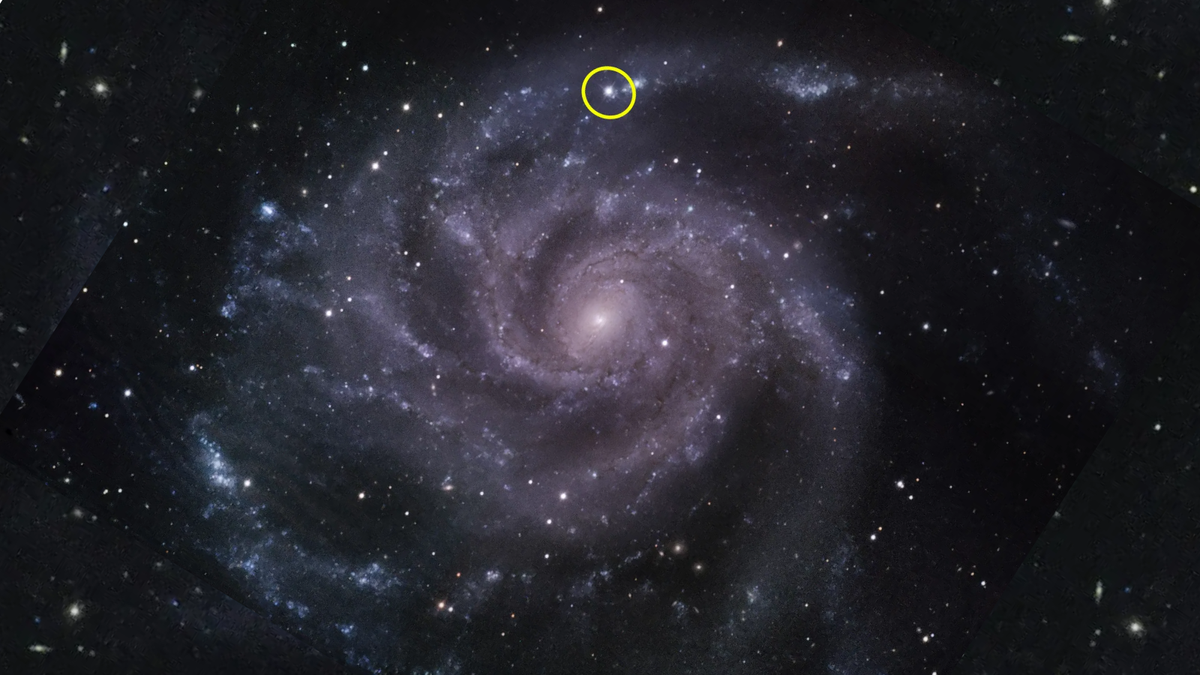Venus Losing Atmosphere Gases: BepiColombo’s Flyby Data Reveals
Recent data from Europe’s BepiColombo space probe has unveiled a concerning trend where a significant amount of gases such as carbon and oxygen are being stripped away from the atmosphere of Venus. The flyby data collected during the spacecraft’s journey towards Mercury highlights a critical issue regarding the stability and composition of Venus’ atmosphere. Scientists are now exploring the implications of these findings to better understand the mechanisms behind the leakage and the fragile magnetic environment surrounding Venus.
Unique Characteristics of Venus
Unlike Earth, which benefits from an intrinsic magnetic field that shields its atmosphere from dissipation, Venus lacks a stable magnetic field due to its cooler interior’s inability to generate the necessary magnetic fluctuations. Instead, Venus relies on the interaction of sunlight with its atmospheric particles to produce electric currents that form an unpredictable magnetosphere. This sunlight-dependent magnetosphere allows for the escape of charged particles from the planet, ultimately leading to the loss of vital atmospheric components.
Insights from BepiColombo’s Flyby
In August 2021, BepiColombo traversed through Venus’ comet-shaped magnetosphere, providing researchers with a rare opportunity to observe the escape mechanisms of ions and molecules from the planet. The data revealed that ions were accelerating to high speeds due to solar radiation, causing them to break free from Venus’ gravity and drift into space. This unexpected behavior poses a challenge in deciphering the intricate processes governing Venus’ atmospheric loss.
Lina Hadid, a researcher at the Plasma Physics Laboratory in France, emphasized the significance of these findings in unraveling the mysteries of Venus’ atmosphere. The escape of heavy ions at unprecedented speeds raises questions about the underlying mechanisms driving this phenomenon, warranting further investigation.
Implications for Atmospheric Evolution
Venus’ atmosphere, dominated by carbon dioxide with traces of nitrogen and oxygen, continues to intrigue scientists with its evolving composition and loss mechanisms. Recent studies have shown fluctuations in oxygen concentration linked to variations in solar radiation, shedding light on the dynamic nature of Venus’ atmospheric evolution.
Dominique Delcourt, a co-author of the study and researcher at the Plasma Physics Laboratory, emphasized the importance of understanding the atmospheric changes on Venus to comprehend its history, including the loss of water over time. Investigating the loss mechanisms of essential molecules on Venus provides valuable insights into the planet’s evolution and environmental dynamics.
Future Missions and Research Endeavors
As BepiColombo approaches its final destination of Mercury in late 2025, the scientific community eagerly anticipates upcoming missions to Venus. Europe’s EnVision spacecraft, scheduled for a 2031 launch, alongside NASA’s delayed DAVINCI mission and the resurrected VERITAS mission, aim to unravel the mysteries of Venus’ atmosphere and geological features.
While these missions hold promise for expanding our understanding of Venus, the recent revelations from BepiColombo’s flyby underscore the urgency of exploring the atmospheric dynamics and loss mechanisms plaguing our neighboring planet. The scientific community continues to push the boundaries of space exploration, aiming to unlock the secrets of Venus’ enigmatic atmosphere and magnetic environment.
Image/Photo credit: source url





